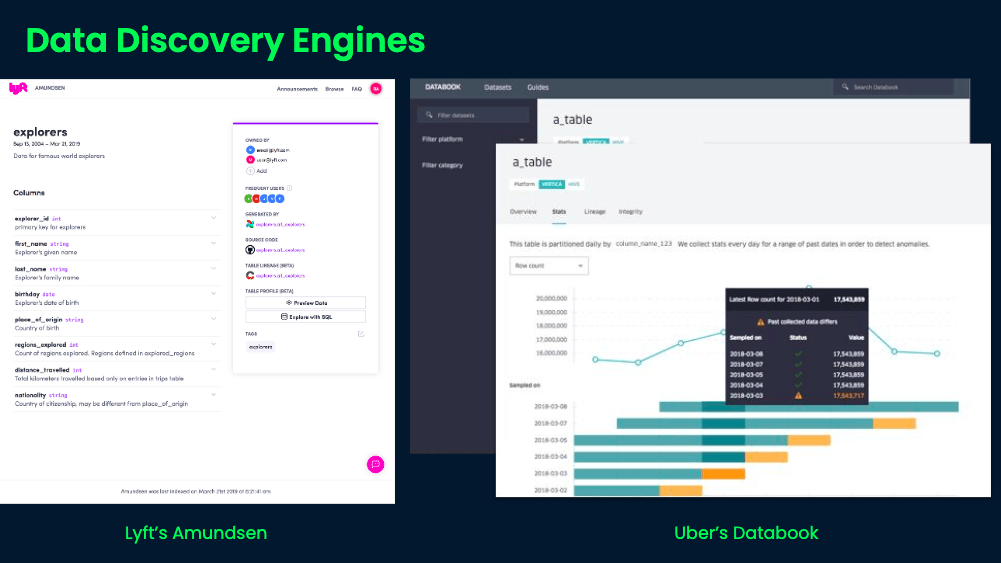Top 3 Trends in Data Infrastructure for 2021
Get your data engineering function ahead of the curve with orchestration platforms, data discovery engines, and data lakehouses.
Jan 2021 · 3 min read
Topics
RelatedSee MoreSee More
blog
What Mature Data Infrastructure Looks Like
Unlocking the value of data in an organization starts with having the right data infrastructure and tooling foundations. Here’s a look at the current state and future trends of data infrastructure.
Kenneth Leung
6 min
blog
14 Essential Data Engineering Tools to Use in 2024
Learn about the top tools for containerization, infrastructure as code (IaC), workflow management, data warehousing, analytical engineering, batch processing, and data streaming.
Abid Ali Awan
10 min
blog
An Introduction to Data Orchestration: Process and Benefits
Find out everything you need to know about data orchestration, from benefits to key components and the best data orchestration tools.
Srujana Maddula
9 min
blog
Data Lakes vs. Data Warehouses
Understand the differences between the two most popular options for storing big data.
DataCamp Team
4 min
blog
How to Build Adaptive Data Pipelines for Future-Proof Analytics
Leverage data warehousing techniques combined with business logic to build a scalable and sustainable approach to data analytics.
Sanjana Putchala
10 min
blog
Cloud Computing and Architecture for Data Scientists
Discover how data scientists use the cloud to deploy data science solutions to production or to expand computing power.
Alex Castrounis
13 min



